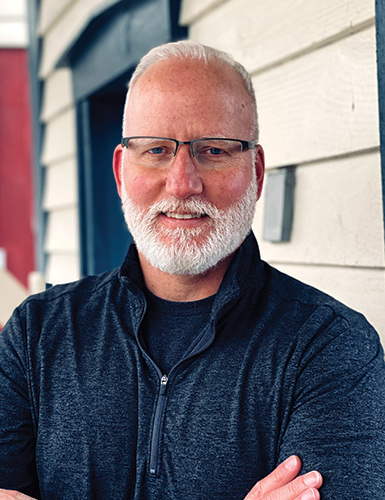Need help?
540-577-7200
don@donshomette.com
540-577-7200
don@donshomette.com
Services
See All Trainings
SCHOOLS & POLICE
POLICE
Resources & Materials
I create a lot of safety plans for schools. The first step is always to get to know the school environment—teachers, students, policies, and procedures. I observe morning arrival, classroom interactions, transitions, lunch, dismissal, and I interview a select number of staff members. This helps me understand the school’s current safety posture and, more importantly, its culture. A positive culture is essential. The better the culture, the safer the school. The more negative a culture, the more susceptible a school is to violence.
For the record, culture is not what you say you do, but the behaviors you consistently practice. It’s good to say that your school has a culture that’s kind, energetic, and caring. You must orient yourself towards the good or you’ll have no chance of achieving it. It’s like throwing a basketball in the general direction of the basket. You have to at least aim towards the basket if you want to have any chance of making it. However, when it comes to culture it is more important that you do the good—that your behaviors are kind, energetic, and caring. If you do, you’ll create a good culture and therefore a safer school.
One day during an assessment, I observed a teacher named Tina as she interacted with her students. It was early morning, and she was preparing the lunch list. Each day, she sits in a chair and calls students up, one by one, to the lunch board she created. This board displays photos of the meal choices for the day at the top and below that moveable pictures of her students. Each child finds their photo and places it under their selected meal—like putting their picture under the chicken sandwich if that’s what they want.
After watching a few students do this, I asked Tina why she just didn’t collect their choices by having them raise their hands. I had a hunch, but I wanted to hear what Tina had to say.
I wanted to learn about her culture so I would know her safety.
Tina explained that while her method may be a bit more challenging, it gives her the opportunity to greet each student with a smile and a hug. It also allows her to check in on how each student is doing that day.
This type of engagement (behavior, culture) is the mark of a great teacher and a strategic thinker. Tina is not only assessing her students to see if she has to make any corrections to her course curriculum or teaching style, but she is also displaying great empathy by ensuring each student knows that they are seen and loved.
In the process, she has also made her classroom incredibly safer because she is doing the 4 things necessary to make any classroom and school safer (E-SAT).
1. Energetically Engage.
2. Increase Supervision.
3. Enhance Access control.
4. Enhance Territorial reinforcement or ownership.
Territorial reinforcement sends a clear message that that you’re not an easy target because you care, are watching, and have high standards and expectations for behaviors.
Tina’s approach is thoughtful, smart, effective, and holistic. By blending in preventing violence prevention strategies into her positive engagements she has created a safer and more welcoming, loving, and successful environment.
This is how we must think about safety. This is how we must act if we want to transform our safety. This is Safe & Loved exemplified and an excellent example for all teachers to emulate.
-----------------------------------------------------------------------------------If you'd like to learn more about Safe & Loved Vulnerability Assessments & School Safety Plans, Call or email I'm happy to help.

Don is available for district professional developments, Safe & Loved Vulnerability Assessments, and Leadership Coaching.
Check out our Safe & Loved for Schools, Principals, and our student safety assessment program Assess & Progress.
If you want to inspire your school and teachers to think of school safety in a different and more positive way, call or email...
540-577-7200
don@donshomette.com